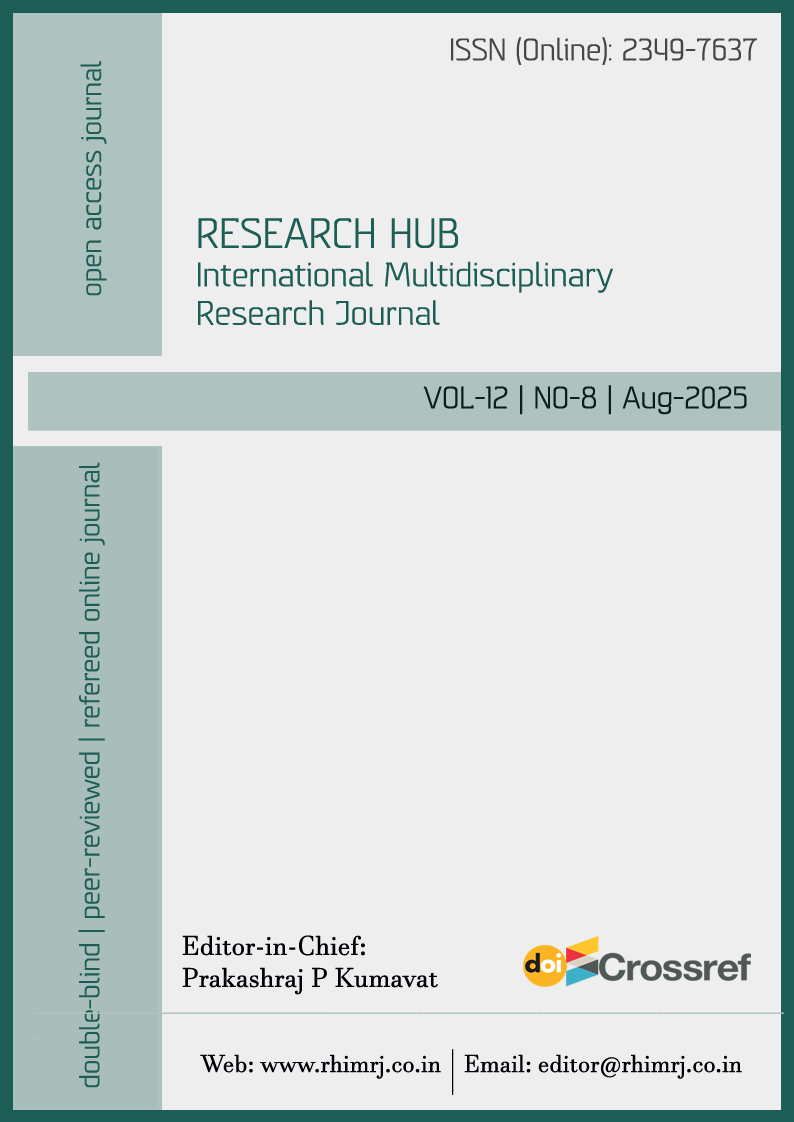Erstwhile Enclaves along Indo-Bangladesh Border- Historical Accounts and Present Geographical Status
DOI:
https://doi.org/10.53573/rhimrj.2025.v12n8.004Keywords:
Erstwhile Enclave, Enclave, Indo-Bangladesh Enclaves, History of Enclave, Indo-Bangladesh Border DisputesAbstract
An enclave is a part of country or state which is entirely enclosed by another country or state. Residents of these enclaves lived in extreme hardship of stateless, lacking citizenship rights, healthcare, education, infrastructure, and law enforcement. These left them socially and economically marginalized. Before LBA 2015, Indo-Bangladesh Border had the largest number of enclaves in the world. These enclaves were a historical heritage of pre-colonial territorial arrangements between the Kingdom of Koch Bihar and the Mughal control state. After Partition in 1947, and later Bangladesh’s independence in 1971, these peculiar enclaves persisted, creating one of the most complex border anomalies in the world. The issue was resolved through the Land Boundary Agreement (LBA) of 2015, originally envisioned in the Indira-Mujib Accord of 1974. Under this agreement, India alters 111 enclaves to Bangladesh and Bangladesh alters 51 enclaves to India (The Gazette of India, 2015). The abolition of these enclaves not only restored the dignity and rights of enclave dwellers but also improved Indo-Bangladesh bilateral relations, ending one of the most unusual and long-standing border disputes in history. These ‘Enclaves’ are not exist now, so we called them as ‘Erstwhile Enclave’.
References
Barman, R. K., (2014). Contested identity of Stateless Indian: a study on the ChhitMahal-Dwellers of India Bangladesh Border Zones. In On the Twin Wheels Unity and Plurality India through Ages by Krishna Banerjee and Prasanta Mandal, pp 41-87 Aruna Prakashan, Kolkata.
DK Illustrated Oxford Dictionary 2003. Metcalf, Jonathan & Thompson, Della Dorling Kindersley Ltd. and Oxford University Press: UK.
Chottopadhaya, B. P. (2010). Desh Bibhag Paschat O Nepthya Kahini (Background Stories of Partition) Ananda Publishers, Kolkata.
Chatterji, J. (1999). The fashioning of a frontier: the Radcliffe line and Bengal’s border landscape, 1947-1952. Modern Asian Studies, 33, pp 185-242.
Ghosh, Ananda, Gopal. (2011). The Hitasadhani Sabha - Power Struggle by the 'Koch Biharis' in Socio political Movements in North Bengal, by Sukha Bilas Barama, 83-109. Global Publishing House.
Choudhuri, H.N. (1903). The Koch Bihar State and Its Land Revenue Settlement, Koch Bihar State Press, Koch Bihar.
Whyte, B.R. (2002). Waiting For the Esquimo An Historical and Documentary Study of the Koch Bihar Enclave of India and Bangladesh; Research Paper 8. School of Anthropology Geography and Environmental Studies; University of Melbourne.
Barman, R.K. (2007). Contested Regionalism: A New Look on the History, Cultural Change, and Regionalism of North Bengal and Lower Assam, Abhijeet Publication, Delhi.
Ahmed, K.C.A. (1936). CoochBehar er Itihas (History of CoochBehar), Koch Bihar State Press, Koch Bihar.
Choudhuri, H.N. (1903). The Koch Bihar State and its Land Revenue Settlement, Koch Bihar State Press, Koch Bihar.
Chatterjee, S. P. (1947). The partition of Bengal; a geographical study, Geographical Society of India, Calcutta.
Nag, H. (2010). Kamtapur Theke Koch Bihar (From Kamtapur to Koch Bihar), Mitra and Ghosh Publication, Kolkata.
The Gazette of India, Ministry of Law and Justice, New Delhi, 2015.
Census Handbook, Koch Bihar, 2011.



